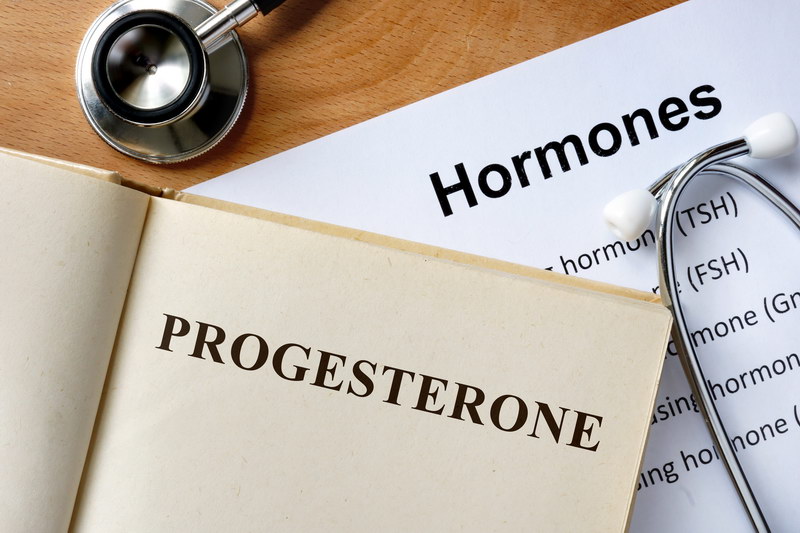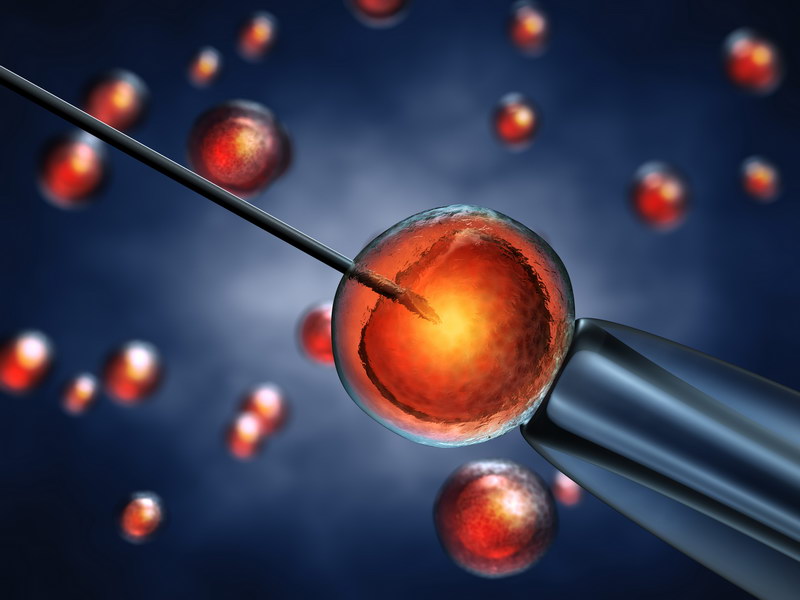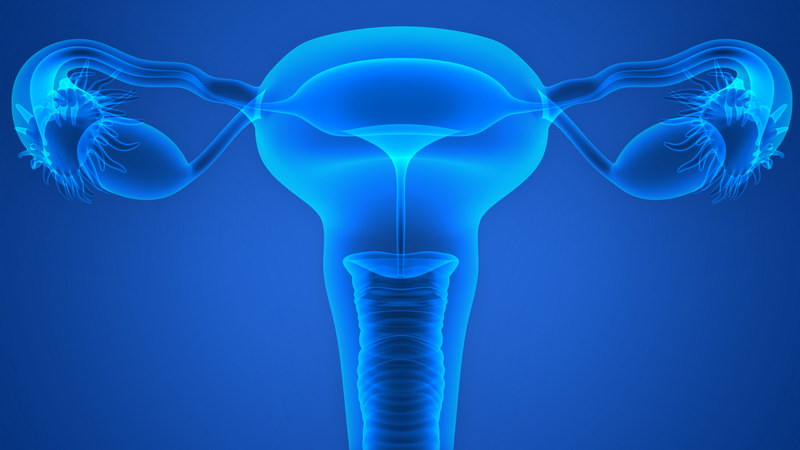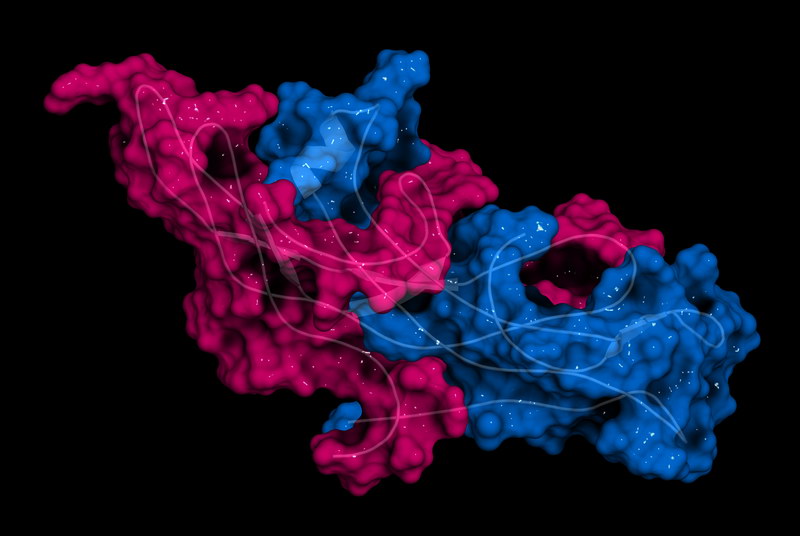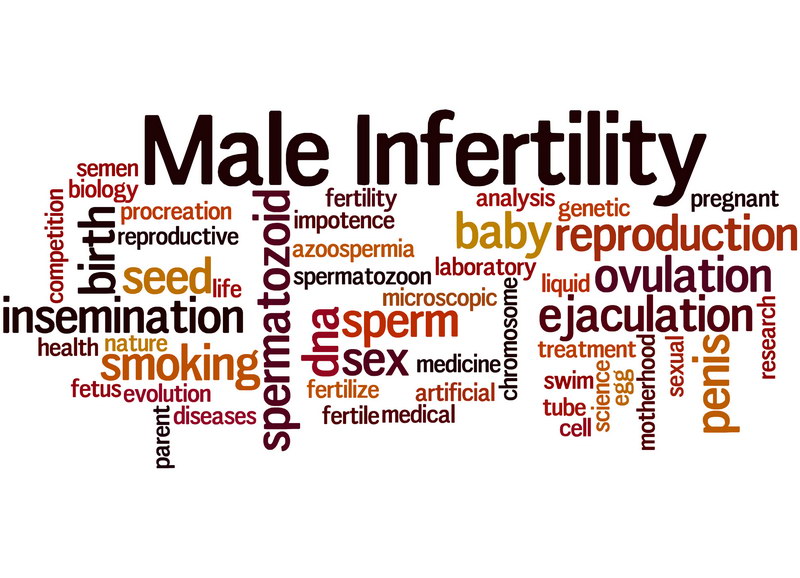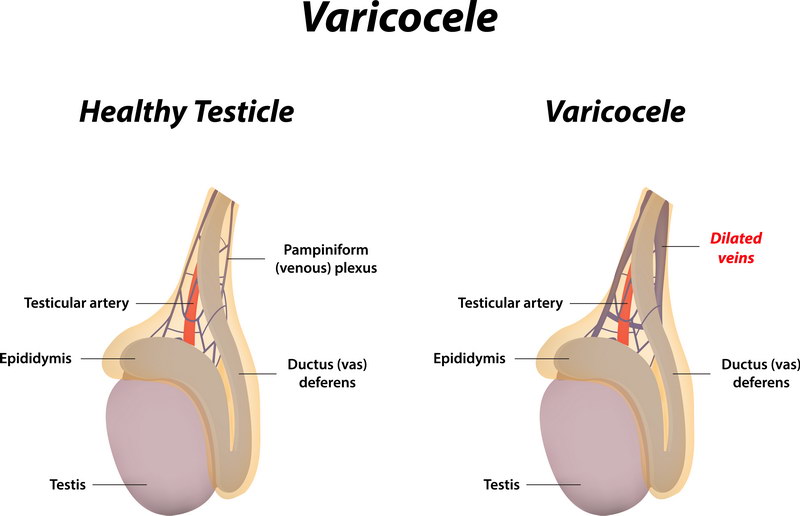Progesterone is known as a hormone that is mainly produced by the corpus luteum in your follicles – this is what the follicles transform into after releasing eggs. Progesterone aids your uterus for proper implantation of a fertilized egg by helping the endometrium or uterine lining to properly and successfully maintain the pregnancy.
Author Archives: Empower Pregnancy
Intracytoplasmic Sperm Injection or more commonly known as ICSI is considered as a specialized form of an IVF or In Vitro Fertilization that is utilized to treat extreme cases of male-factor infertility; this also involves injecting a sperm right into a females mature egg.
A hysterosalpingogram or more commonly known as the HSG is an important test for you and other females for fertility potential; and for the test, a hysterosalpingogram or HSG is utilized, and it is an x-ray method to check if your tubes are open and if the inner portion of your uterus is normal. The HSG is generally an outpatient procedure that takes just about five minutes to achieve; also, this procedure is usually done right before your ovulation or after your menstrual period.
If you are eager and excited to get pregnant or if you are simply hoping that your baby will be born at a specific time, there are some great and effective ways for you to find help getting pregnant. When you have finally decided that you want to have a baby, the last thing that you want to do is to wait too long; it is nothing difficult or challenging but there are We have listed some of the best ways for you to increase your chances of conceiving faster, as well as tips for you to have a healthy pregnancy.
A lot of couples are eager to have a child while some are hoping that their little one will be born at a specific time of the year; whether you have just begun attempting to get pregnant or have already been trying for some time, taking the time to check out for some effective getting pregnant tips that are based on great science can better increase your odds of conceiving.
it is and what it means; basically, a blastocyst is a hollow structure with a thin wall that is present during the early stages of embryonic development. The cells outer layers exhibit the placenta as well as other necessary tissues for the fetal development in your uterus, while the inner cell mass gives rise to your bodys tissues.
If you are someone experiencing infertility issues and are planning to find different conception methods, you most likely have seen the term IUI but do not really know just what it really is yet. Your first question probably was what is IUI? To put it simply, IUI or Intrauterine Insemination is a type of assisted conception where your doctor will place a washed and selected sperm right into your uterus that is also close to your egg during the period of ovulation. The Intrauterine Insemination is also a procedure that is at times, combined with a variety of chosen fertility medications that work to boost your chances of getting pregnant. If the thorough definition of what is IUI is not enough, continue reading to learn more about the Intrauterine Insemination process, how it works for treating infertility, its risks, and a lot more.
The hormone called human chorionic gonadotropin or better known as hCG is produced by a female during pregnancy and is created by the cells developed in the placenta. The placenta cultivates the egg after being fertilized so it can easily attach to your uterine walls; this can actually better support your pregnancy since the production of progesterone is allowed, helping the uterus lining prepare for the eggs implantation. The human chorionic gonadotropin is made up of cells that entirely make up the placenta that supplies nutrition to the egg right after it goes through fertilization then attaches itself to the uterine walls.
While searching for details and facts in connection with infertility problems, you and your partner may have seen the term azoospermia at some point; generally, the term azoospermia or also called no sperm count, is a fertility issue that occurs in men and it is when they have virtually no sperm at all when they ejaculate. The issue is present in about two percent of the male population and it is also a common contributing factor linked to the inability to conceive.
Having a varicocele is when a man ends up getting enlarged veins in their scrotum the pouch of flesh that holds a males testicles. The veins in this area are called the pampiniform plexus and about ten to fifteen of every one hundred men have varicocele; to put it simply, it is like having varicose veins in your legs, except that males have this in their scrotum.

